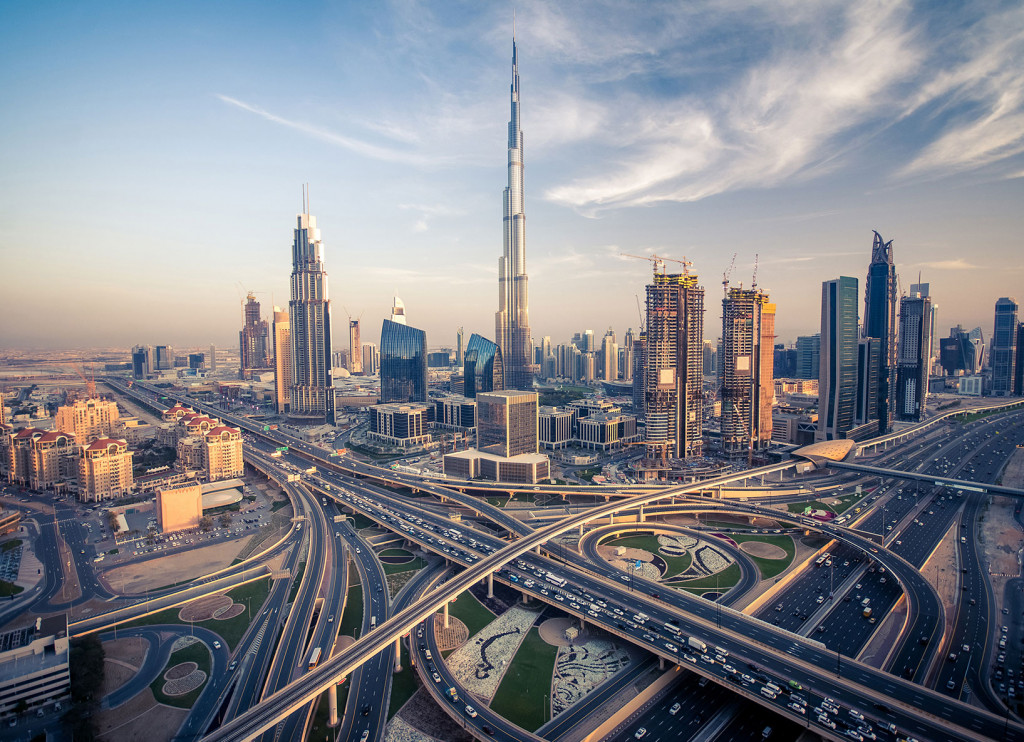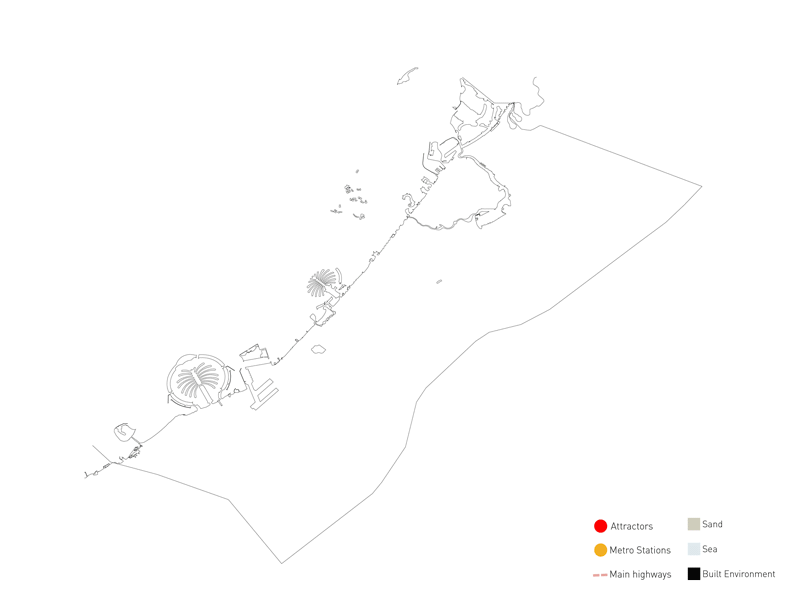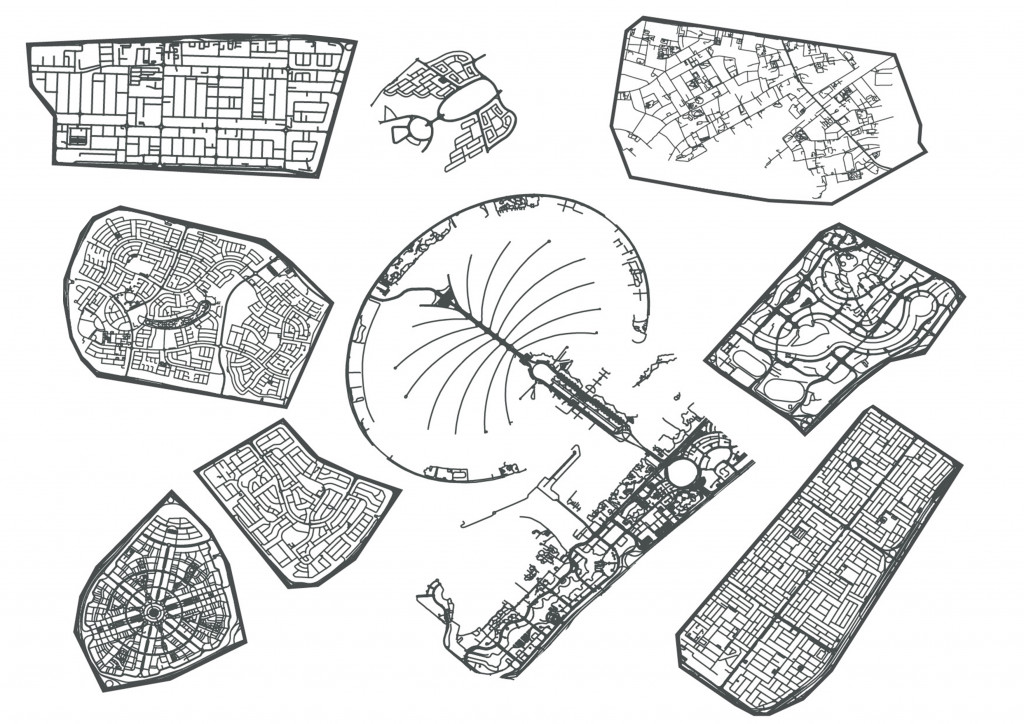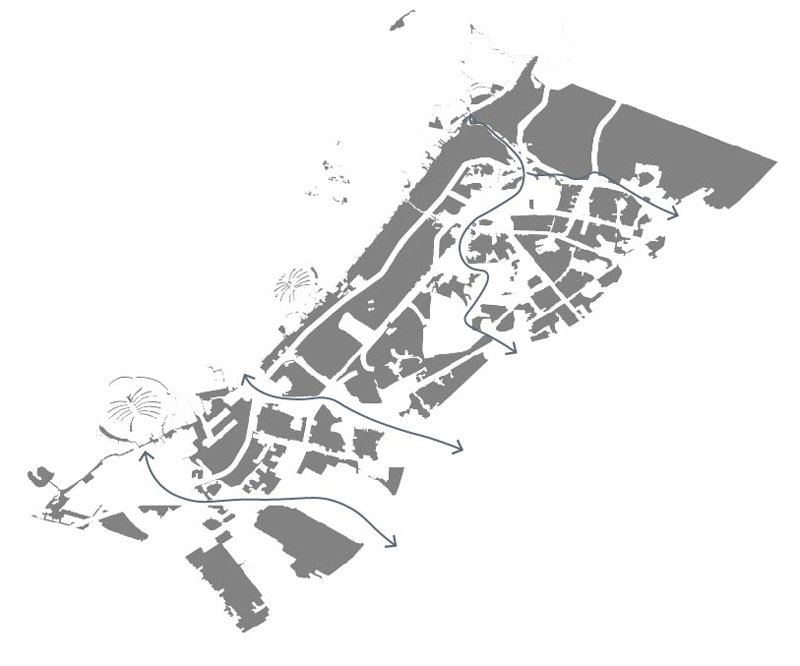Dubai: the city of icons. A city that is famously known for its spectacular skyscrapers and record-breaking architecture.

Image of Dubai
Located in the eastern part of the Arabian Peninsula, Dubai started as a small fishing and trading village at the port. After the oil boom in the ’80s, the city witnessed a very rapid expansion in its economy and urbanism and in the span of less than 50 years the city established itself as one of the world’s leading business hubs and tourism centres in the Middle East. As a result, Dubai’s urban fabric has been an area of criticisms due to its lack of connectivity, integration and accessibility.
This project is an analytical study of the city’s urban fabric in an attempt to study Dubai’s growth through the use of diagrams. By adapting different diagrammatic methods such as the schema, the ideogram and the logogram the project starts to unravel layers of the city to provide insight into its development. In the end, the project also uses the diagrammatic method to look at conceptual intervention strategies that could address some of the issues highlighted in the research.

Historic expansion of Dubai
Source: Google Earth
The city between sand and sea
Dubai has cultivated the image of being the city of attractions, of entertainment and luxury. Obsessed with being the best, Dubai’s landscape became saturated with iconic architecture of every shape and type. The city became a collection of super buildings; a super paragrammatism filled with super landscapes.
When stripping down the city to its mobility network and attractor points it becomes easier to deduce how Dubai as a city is not built for staying. It is a pass-by-city; built for transition. You move from one attractor to another through a series of linear highways without necessarily staying at any point or the other. The horizontality of the infrastructure and the lack of a cohesive urban plan has generated a schism between the main landscapes of Dubai and the city itself. With master plans that look like palm trees or towers that are out of human scale, we see a city that is built literally with a top-down approach; built to be seen from a bird’s eye view.
However, when we introduce the layer of landscape we begin to see another image. An image of a city expanding towards the natural landscape and extending its arms towards the desert and the sea. A charming relationship between the two occurs in unexpected areas of the city. The sand infiltrates the urban areas of the land that is ‘under construction’ while the sea infiltrates areas such as the creek where the water becomes part of the built environment. These two landscapes are breaking the horizontality of the highways and offer new possibilities of connection to nature.

Diagrammatic analysis of Dubai
Source: Open Street Maps
The fragmented city
When dissecting the urban growth of Dubai, a pattern of fragmentation is revealed across the city’s landscape. The fragmented parts of the city is an outcome of Dubai’s need for rapid expansion. These fragments allow us to see Dubai as a city of many cities. There is an irony involved in this notion. As Dubai presents itself to the world as the “city of the future”, the pattern of fragmentation reveals a collection of “ancient cities”; ones that resonate with Cedric Price’s urban analogy of the “City as a Boiled Egg”. with “a dense, compact centre, protected by defensive walls from the evils of the wider world.” Therefore, because each of Dubai’s ‘fragments’ has a clearly defined boundary and a separate master plan it is a city on its own.

The fragmented city

Fragments of ancient cities
Opportunities within the fragments
If we consider the above analysis as an insight into the instability of Dubai’s model of growth and identify it as the major problem of the city, we can begin to ask ourselves: How can Dubai grow differently? Can we envision a better way of reconnecting citizens and breaking the walls of the ancient city?
Instead of looking at these fragments as negative points in the landscape, this project embraces the potential in the voids created by these fragments. It shifts the focus not on Dubai not as a collection of elements but as a relational space.
The project proposes the clusterization of the ancient cities into boundary-less communities allowing a better cohesion between them. By compressing the analyzed layers into a single strategic concept, it integrates the fragments in synergy, in an evolutionary and adaptive methodology. In this way, Dubai can take advantage of its “under construction” land to be a city of innovative growth without compromising citizen’s wellbeing. Through this approach, instead of expanding into the desert and sea, we allow nature instead to transversally cross the city, creating public spaces of sand and water and breaking the horizontality of the highways.

Conceptual Proposal
Dubai: A city of cities is a project of IAAC, Institute for Advanced Architecture of Catalonia developed at Masters in City and Technology in 2020/21 by : Adriana Aguirre Such, Aishath Nadh Ha Naseer, Hebah Qatanany, and faculty: Manuel Gausa, Nicola Canessa & Giorgia Tucci.
